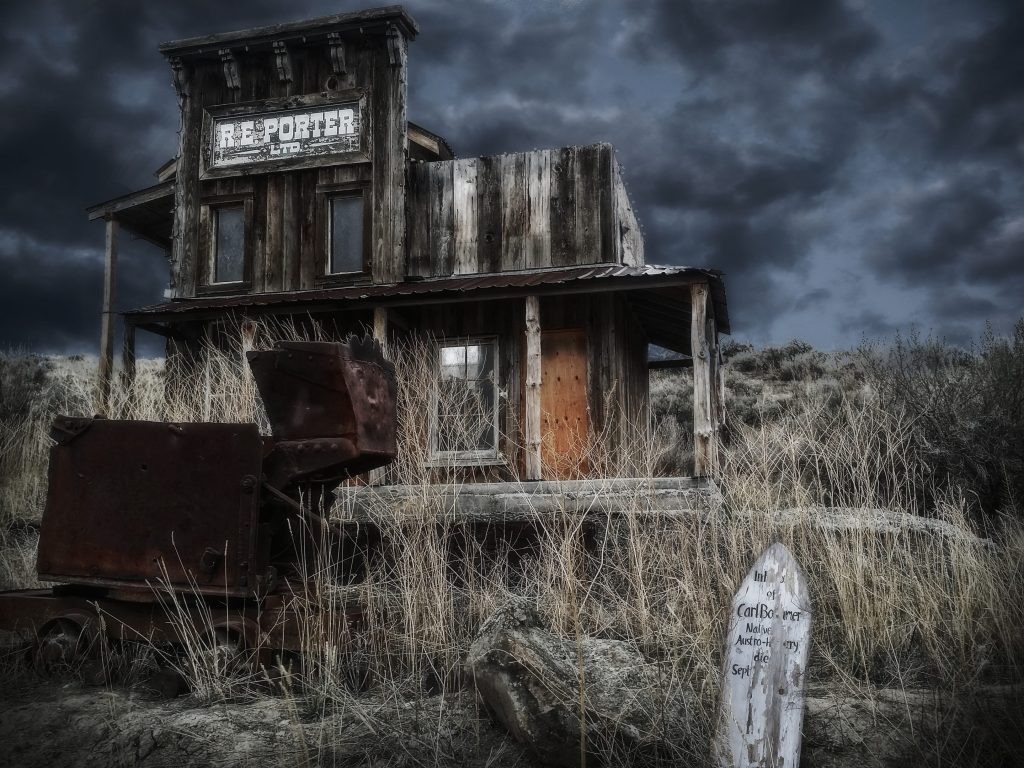
True agility trumps customer experience – here’s why
When a great customer experience isn’t the only answer
A few weeks ago, I wrote a glowing account of my post-Christmas experience with bed supplier Warren Evans and, more recently, The Next Ten Years gave an upbeat – albeit quite conditional – assessment of the future of High Street retail.
SINCE THEN
Warren Evans, despite its customer-centric approach and reputation for quality has not been able to overcome its recent financial woes and is now in receivership. A whole swathe of other retailers continue to experience difficult times.
Does this imply that being customer-centric is not a strong enough guarantee for business success?
99 problems…
The problems facing retail are many and multi-faceted. Tightening consumer spending fuelled by Brexit uncertainty, rising material and labour costs, high levels of personal debt and the threat of rising interest rates. The answer for many companies has been the traditional focus on cost-cutting, with the loss of managerial roles in Sainsbury’s and Debenhams being recent example.
So, is cost-cutting the real answer in these troubled times? Should CX take a back seat?
The solutions adopted by surviving retailers would appear to suggest this is the case, given yet another apparently customer-centric retailer having failed.
…1990s solutions
Back in the 1990s I worked for the consultancy that originated business reengineering. Like any company that majored on process-driven innovation, we invested heavily in looking for the “next big thing”. Business or organisational agility became, at a conceptual level at least, the candidate with the biggest potential. How could companies who had reengineered themselves into streamlined super-beasts move themselves to the next business performance level?
By becoming more agile, of course!
Great idea – what did it mean in practice?
We looked out for examples of companies who could demonstrate success through re-inventing themselves and we discovered Silver Platter – the originators of the CD-ROM as an information-storing medium.
I remember attending a workshop with their CEO, Bela Hatvany. Bela radiated gravitas and wisdom as he described the Silver Platter philosophy – being big on empowerment and innovation was an emphasis as I recall. Then one delegate asked him a great question: “who was the most important – customers, employees or shareholders?”
Bela’s response became abstract and practical: “If you have an injury in your leg, you get your leg bandaged; if you have a head-cold, you take aspirin; if your arm hurts, that’s where your attention is.”
I may be paraphrasing somewhat but the essence of his response was that you treat what’s painful, but you keep the whole body together.
Focus
I suspect Warren Evans’ problem was that they focused on a great customer experience without balancing the more traditional factors that impacted their business.You could make the same argument that strong values and outcomes came at too high a price – ethical sourcing, pioneering the option to return a mattress after 120 days – as being potential weaknesses.
The sad truth is that looking for a factor to “blame” is an exercise in 20:20 hindsight – what is the lesson for those businesses trying to avoid a similar fate?
It’s a combination of great customer centric strategic thinking – the trajectory concept described in last week’s article really helps here – and being agile enough to switch attention when required.
If you’re a customer-centric company you should not stop being customer-centric all of a sudden, you maintain the focus on the customer – an investment you wouldn’t ever want to throw away – whilst managing downsizing, de-layering, product rationalisation or whatever gets you through the tough times.
It’s the ability to seamlessly add the necessary extra dimension to core focus – that’s true business agility – which will give you the best chances of success.





